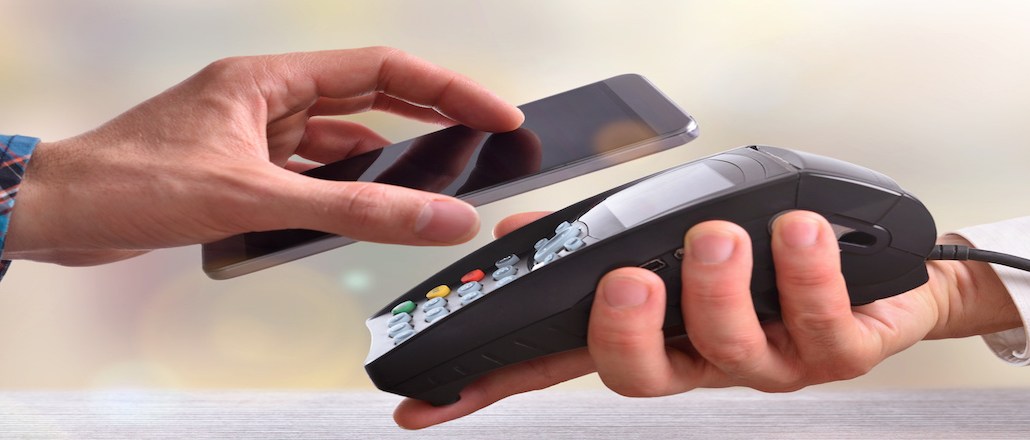
While big banks and tech giants are selling the idea of faster, safer retail transactions, retailers have a harder time getting on board.
In the past three years, Apple, Samsung and Google all launched mobile wallets. In November, JPMorgan Chase and Citibank launched their Chase Pay and Citi Pay programs. In theory, there are tools retailers can easily implement, but they’ve hit the breaks for three reasons: Legacy retail giants are still focused more on cutting costs than improving the customer experience; overhauling hardware and software is enormously complex; and consumers need more incentives to use mobile payments on a daily basis.
“Before you worry about integration, you’ve got to have a business strategy that appreciates innovation and makes it a priority,” said David Sica, a principal at Nyca Partners, a fintech venture capital firm. “Once you have a plan for what you’re going to do at X retailer, then the integration is certainly doable, but you’ve got to put resources and people behind it, and it’s going to cost money.”
One reason retailers haven’t responded as quickly is that consumer demand for such services has been low. Most consumers don’t see why they should change their habits at checkout even though mobile payments are said to be more secure. When they do, mobile payments will start to gain adoption by retailers, said Morgan McAlenney, evp of The Integer Group’s digital arm.
But Margaret Weichert, a principal in EY’s banking practice and the Americas lead for payments, argued that point-of-sale for large retailers in particular is extremely complex. Adopting mobile payments affects related services like loyalty schemes, offers and promotions, advertising and data analytics.
POS systems are also typically tied to systems for managing inventory, resource planning, core payments capabilities and treasury solutions.
For now, customers largely use their smartphones to research purchases rather than buy, McAlenney said. Merchants have the levers to change that behavior if they realize their business is about an experience and not just transactions, she said.
Take Starbucks. The payments industry has looked to the cafe chain since it built its own payment system in 2011 that was designed to be easy to use and rewarded perks for loyalty. But Starbucks is an outlier.
Like Starbucks, Walmart, CVS, Tesco and Carrefour also built their own systems. Other retailers will partner with Apple, Samsung and Android, which already have big consumer bases with access to their pay products through their smart phones. It’s unclear which way the banks will go, given the constant changes in technology.
“Retailers may be looking into the future as opposed to implementing for today,” McAlenney said. “A lot of these technologies of the last few years are transition technologies — from QR codes to digital coupons — a lot of these things are transitioning us to a future state we haven’t yet defined.”
Case in point: Beyond mobile pay, retailers have another big trend to figure out, invisible payments, like voice ordering that Starbucks introduced to let people order ahead. Google Voice and Amazon Echo and Dot are likely to make voice payments more prolific and possibly give rise to scenario where people can order different products from different retailers in a single breath.
“Now seems like a very opportune time for retailers to respond, and they need to do so by providing real innovation for their customers, not by optimizing cost for acceptance,” Sica said.
More in Marketing

How brands shifted marketing and media strategies through year of tariffs
Marketers share how they navigated the maze of tariffs and regulatory changes this year.

Despite the hype, agentic AI isn’t ready to take the brand controls just yet
Despite agentic AI boosting content creation speed, human oversight remains critical due to concerns over hallucination, brand consistency.

Starbucks hires first-of-its-kind marketing role heading up fashion and beauty collabs
Neiv Toledano has joined Starbucks as its senior marketing manager of fashion and beauty.





